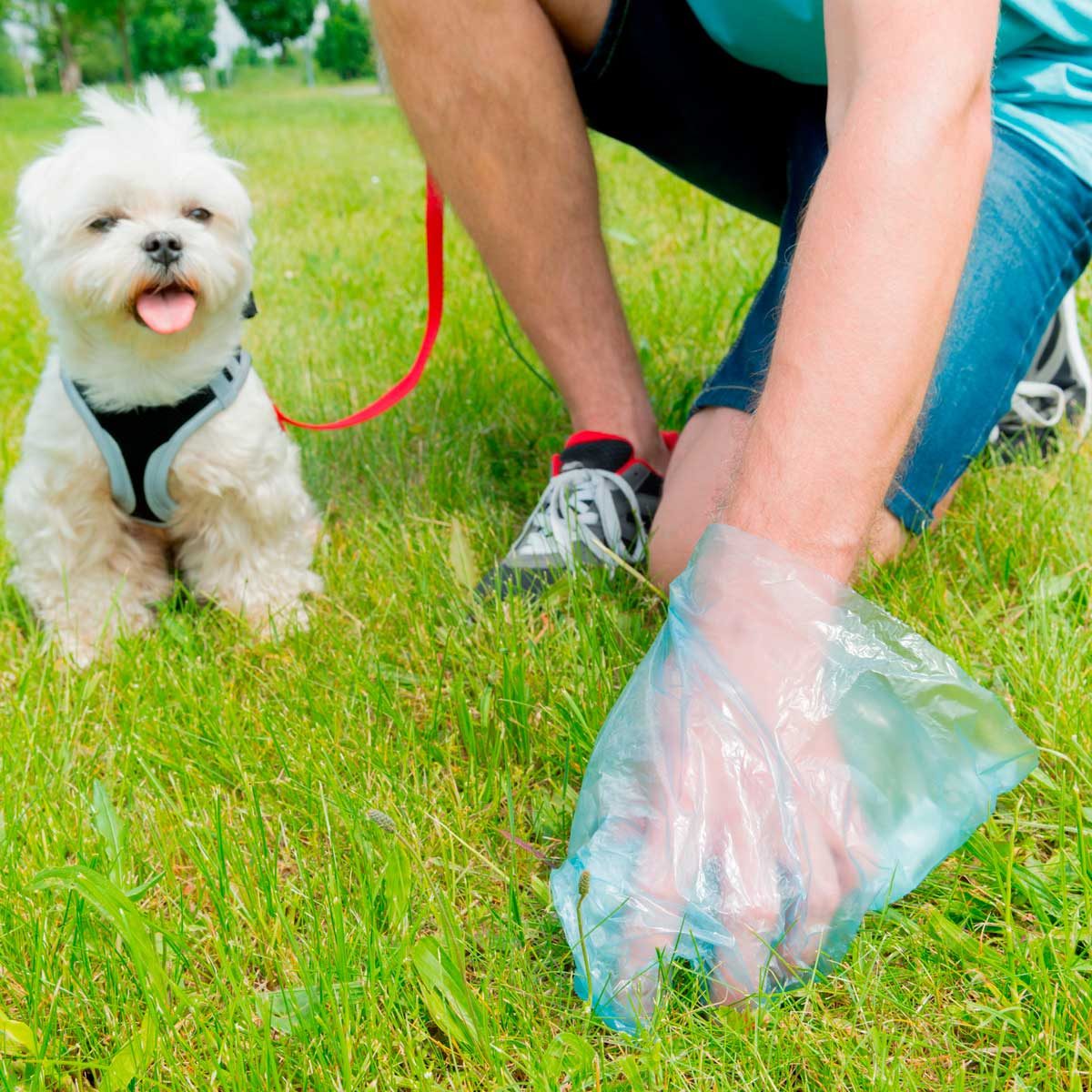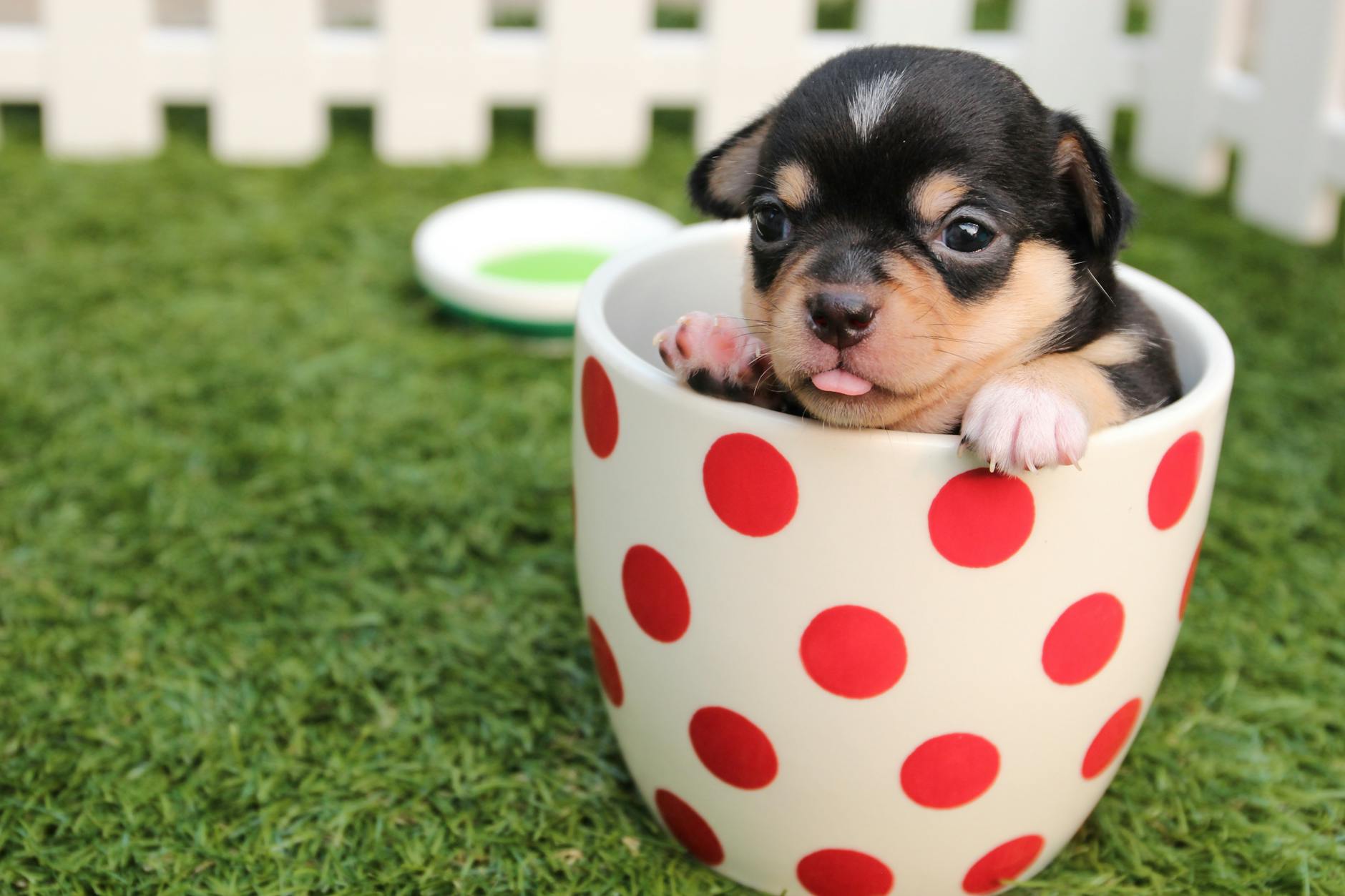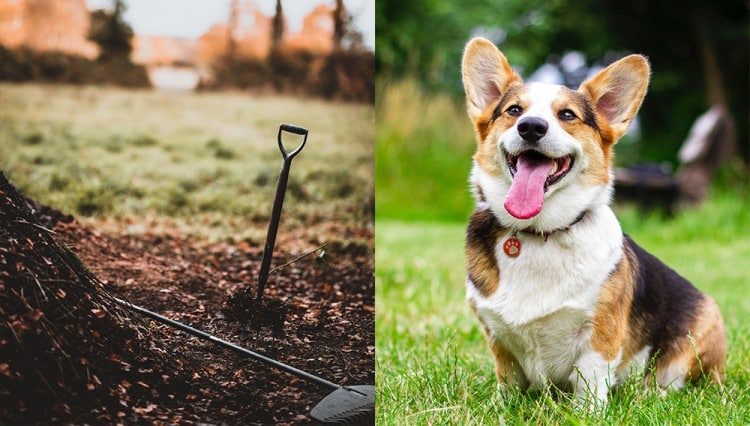Did you know that one medium-sized dog produces 180 kg of poop per year? With all the dogs in the world, that could really pile up and just end up in landfills. Worse, if you don’t pick up your dog’s poop, it can go into waterways and cause bacterial contamination.
Plus, be considerate of other people who can step on your dog’s poop on the way to work. Rather than throwing the dog poops away, why not be a good human and turn into a sustainable source of fertilizer for your garden plants? Read into this dog poop composting 101 to attain that lush garden you’ve always wanted.

Can You Compost Dog Poop?
Yes, you can compost dog poop. Instead of becoming an environmental pollutant, it can be a nutrient for the plants in your garden. Dog poop is rich in nitrogen, so it means it can deplete oxygen levels in the atmosphere. Basically, it’s a pollutant that can be converted into a nutrient that can give life to plants which release oxygen.
As recommended, dog waste compost is best used on ornamental plants, not edible plants. As much as possible, use a different compost for groundwater, streams, vegetable, and fruit crops.

What is Composting?
Composting is a process wherein organic waste is converted into a nutrient source for plants. Dog poop is considered an organic waste, much like cat and pig manure.
Composting is a controlled degradation or breakdown of organic materials into humus. The process of composting a dog’s waste is a natural process that needs water, air, organic matter, and microbes.
The process does not only involve the use of manure. It also consists of making wet organic matter or green waste from grass, leaves, or food scraps. You can mix it with vegetable compost for the best results too. These materials are stored and for a few months until they break down and turn into humus.
Composting is a tedious process that needs close monitoring. It includes monitoring proper aeration, adding the right amounts of water, and adding fungi or earthworms when needed to break up the material. Fungi and aerobic bacteria are required for the chemical process by converting the materials into carbon dioxide, heat, and ammonium.

Uses for Dog Poop
Compost dog poop is a safe and effective fertilizer for plants. Just make sure to follow the correct procedure in turning dog poop into compost to kill the dangerous parasites. If you have done this before, it does not guarantee that you killed 100% of the parasites present.
There is no way to determine if the dog poop compost is 100% parasite free. That is why it is best to use ornamental plants only, not edible plants. It’s okay to place it around shrubs and trees; placing them in fruits and vegetables for human consumption is a different story.
Here are the uses of dog poop compost:
- It is an excellent source of organic matter or green waste in addition to potted or garden plants. Compost is full of life, and all types of soil can benefit from this rejuvenation.
- Dog poop compost helps in the improvement of soil structure. This resulted in better aeration and improved moisture-holding capacity. In simple words, compost retains water, air, and nutrients longer.
- Compost can hold more water compared to low humus soil. It can hold 200% more water than its dry weight.
- It can serve as an inoculant to the soil (a substance used to increase or produce immunity).
- Adds microorganisms to the soil in addition to nature’s soil builders: insects and earthworms.
- A dog poop compost is rich in nutrients for optimal plant growth. It contains phosphorus, nitrogen potassium, cobalt, boron, iron, iodine, zinc, and manganese that is essential in organic gardening.
- Compost can be an alternative for mulch materials.
- It can be used as a soil additive for lawn establishment, revegetation, and planting beds.
- Composts act as a pH buffer thanks to the earthworms that habituate it.
- Acts as a neutralizer for soil metals and toxins like lead and cadmium. Compost bond on these toxic substances so it cannot be taken up by the plant.
- 25% compost blend is recommended for flower beds or potting mix.
- Compost contains high salinity and should not be used for germinating seedlings.
- Do not use crops for human consumption.

Benefits of Composting Dog Poop
When you compost the dog poop, you can help the environment by avoiding groundwater and stream pollution. Did you know that 20-30% of the bacteria found on the water came from dog waste in urban communities?
One gram of dog waste contains 23 million bacteria. Other than that, it contains viruses, parasites, harmful pathogens like salmonella and giardia. So do you really want to add up to this mess? A good human wouldn’t do so and would do everything to save the planet. Aside from saving our planet, here are the other benefits of composting dog poop.
- Composting is beneficial in destroying pathogens and produces safe soil for growing plants.
- This eliminates money, time, effort, and landfill space as compared to when transported into a waste disposal facility.
- Quality soil is produced that improves the physical condition and the soil’s fertility.
- Lesser dog waste scatters on the street.
- You can save a significant amount of money by buying fertilizer.
How to Compost Dog Poop?
The secret to a safe and effective conversion of dog poop to compost is the right supplies and process. Composting dog poop is not an easy process, but it won’t take up much of your time. Good humans should take note of these supplies and steps. The next time your dog poops, you’ll already know what to do.
First, gather the supplies you’re going to need. Check your garage or storage room if you have some of these supplies lying around. If not, make a checklist of what you need to buy on your next trip to the hardware store or garden supplies shop.
Supplies
- Nitrogen-rich materials (green or wet materials): dog poop, green grass clippings, fruit/vegetable waste, other animal manure, and a bag of fertilizer.
- Carbon-rich materials (brown or dry materials): chopped hay or straw, shredded newspaper, sawdust, fallen leaves, dog bedding.
- Long-stemmed thermometer to monitor the temperature of the compost.
- Moisture meter (optional) helps monitor the moisture content.
- Long-handed shovel and fork for turning and mixing the oil.
- Two separate bins or containers, one for collecting waste and one for actively composting. It can be made from wood or plastic material, as long as it can be covered.
- Water supply: Make sure to have a reliable water supply; a garden hose will do.
Step-by-step Guide in Dog Poop Composting
- First Method: The first method that can be used when composting dog poop is to collect all the materials and mix them all at once. All of the materials will start to decompose when they are all mixed together. If you want to get the highest temperature fast, introduce the carbon-rich material, water, air, and dog poop altogether.
- Second Method: Another method that can be used is to add carbon-rich materials to the dog waste as you collect it. This is a more straightforward method as long as the pile of poop remains dry. The goal in this kind of method is minimal decomposition until it’s ready to be added with water and nitrogen-rich materials. Many people prefer this method because dog poop mixed with carbon will have a less offensive odor.
- Choose an Area: Once you decide which method to use, choose the area you want to situate your compost bin. Choose a sunny, dry area near where your dogs are situated. Do not place it near nursing or pregnant dogs. If you live in an apartment where there is no green waste access, you can use small compost bins to buy in the market.
- Mixing Proportion: When combining all the materials, follow this preparation: 2 shovels of dog manure + one shovel of carbon-source materials. Mix the materials properly every after each addition.
- Add Water: Add water to the mixture, introducing small amounts only. Make sure the mixture is moist at 40-60% only. If the compost is too wet, it can end up slimy and smell bad. You can use a moisture meter or follow the sponge test to check on the moisture. The sponge test is to have a consistency of the compost that of like a wrung-out sponge when squeezed.
- Desirable Height: The desired height for a compost pile is at least two to three feet deep. Continue adding nitrogen-rich and carbon-rich materials until it reaches the desired height, or the bin is almost full.
- Cover the mixture: Make sure to place a cover over the compost mixture. This is to cover any smell and protect it from the rain. Once the compost is covered, the microbes will start to work by increasing the hear of the compost pile. The microbes cannot start to work its wonder if it’s not covered.
- Monitor the Daily Temperature: Monitor and record the temperature daily using a long-stemmed thermometer. The optimal temperature must be at 135° -160° Fahrenheit. Once you notice that the internal temperature of the mixture has declined after two weeks, it means it needs to be turned using a shovel. Temperature above 160° for prolonged periods is not desirable for decomposition. Extremely high temperatures may cause the mixture to ignite (can burst into flames).
- Toss and Turn: To make sure that the materials have reached the optimal temperatures needed to kill pathogens, toss and turn the compost file, inside and out. Repeat the toss and turn process when the internal temperature drops. When the compost does not heat up after several cycles, and no matter how much you toss and turn, this indicates that the composting process is complete.
- Curing Process: If the composting process is complete, let the compost pile undergo the curing process for several months or a year before you use it on your plants. This is the final stage where the decomposition rate takes slowly, and it’s being stabilized. During the curing stage, there is also the humification of the organic matter. When curing is done, there will be maximum levels of humus present on the mixture.

Things to Remember when Composting
- If you want to generate enough waste, you’ll be needing 10-20 dogs for the poop supply. You can always ask your neighbors to save the dog poop for you. In exchange, you can give them some of the compost materials you made.
- If the dog poop supply runs short, have a separate compost bin for the manure and add nitrogen and grass clippings to increase volume. Make sure to proportion the preparations properly.
- It would help if you had a large pile of compost materials (at least 2-3 feet) to keep the temperature high on the center of the pile.
- The center of the compost mixture has the highest temperature in a pile. So when you’re taking the temperature, make sure to reach the center. You can also insert the thermometer in several places and get the average reading.
- To maintain the temperature at its optimal level reflects the activity of microbes.
- Remember that fresh compost may have a temperature rising quickly to 160º F and above. This will then slowly decline until the temperature of the compost levels with the air temperature.
- To make sure that pathogens are destroyed, the compost must maintain a temperature of at least 145ºF for a few days. Never plunge your hand in the center of the compost mixture as the temperature may get too hot. A trick so that the temperature will drop is to introduce small amounts of water gradually.
- If there is no rapid rise and the slow decline of temperature in the compost mixture, it means the recipe needs some adjustment.
- When it’s time to toss and turn the materials, start on the outside first, and bring them to the center. It will take a few turns for 6-8 weeks for the compost to become mature.
- The secret to successful composting is monitoring and record-keeping the temperature.
Can You Use All Dog Poop for Composting?
Not all dog poop can be used for composting. Always consider the fact that dog manure may contain parasites like ringworms, ascarids, and tapeworms. If your dog shows signs of these parasites, have them treated first before using their feces.
Here are some signs and symptoms you should be aware of:
- Actual worms on the feces or vomit
- Depression or weakness
- Vomiting or diarrhea
- Weight loss despite the dog eating well
- Abnormally swollen or distended stomach
- Loss of appetite
- Bleeding and coughing problems
If you’re uncertain of a dog’s health condition, it is better not to decompose it. It may be an excellent human act to randomly pick a dog’s poop in the park, but you use a poop with a questionable source.
Health Warnings in Dog Composting
- Compost mixture may contain fungus spores and molds, which may cause an allergic response to some people. Keep children and people with respiratory problems away from the compost.
- Keep away other house pets, especially puppies and pregnant dogs, from the compost area. The compost mixture may transmit the disease to other animals.
- Wash your hands and the materials used right after handling the compost. Wear rubber gloves when turning the compost oil.
- To ensure a decreased health risk from compost is to keep your dogs healthy. Have them vaccinated on time, follow a deworming schedule, and check with your local veterinarian regularly. Avoid feeding your dog with raw fish or meat.
The Wonders of Dog Poop
Know that you’re aware of how to compost dog poop, you’re ready to have that bountiful and beautiful garden. Who knows the secret to have luscious plants are dog poop? The next time your friends come over and ask what’s the secret of your lush garden, just tell them that it’s the wonder of dog poop.








Great content! Super high-quality! Keep it up!.
Looking for great deals? Here in Kitchen Deals, you can explore different kitchen appliances from different stores and know its specifications. We feature a wide selection of brands per category to ensure you get what you want. We make sure to feature quality products from different brands and kitchen appliances in a categorized and orderly manner.